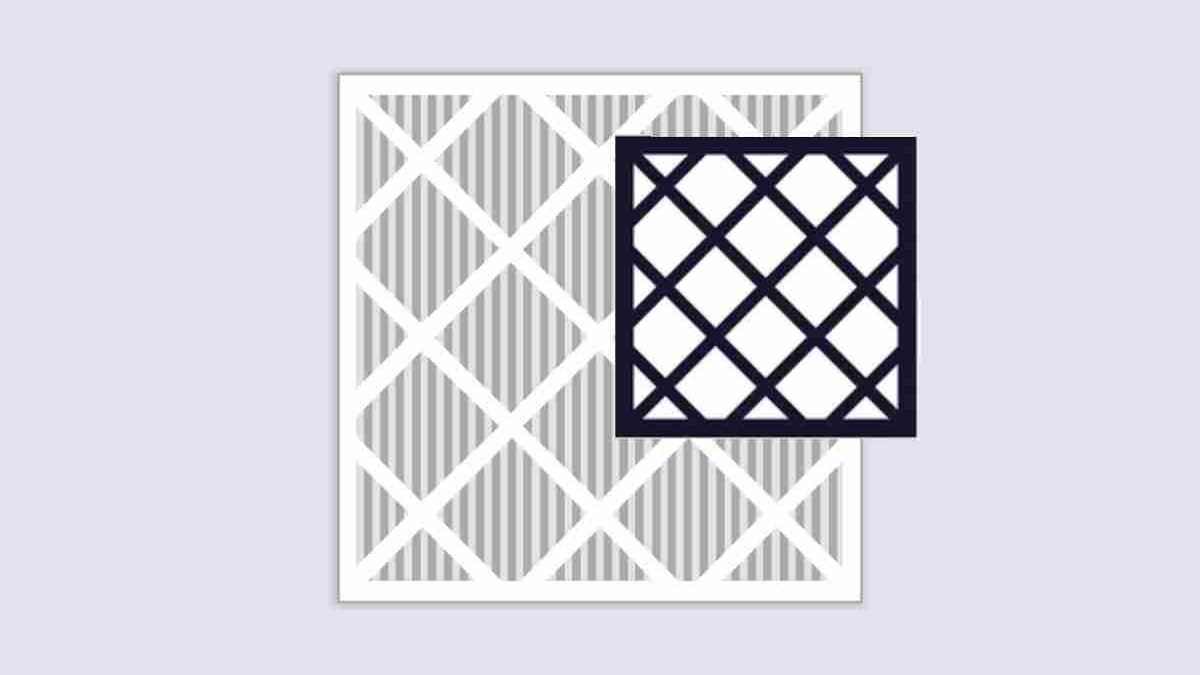Ensuring a healthy and comfortable indoor environment hinges on maintaining excellent air quality. Harmful pollutants and allergens often infiltrate indoor spaces, underscoring the necessity of effective air circulation for overall wellness. An impactful method to optimize indoor air quality involves integrating 20x20x1 filters into your HVAC system. These filters play a pivotal role in capturing airborne contaminants, promoting cleaner and safer air indoors. By incorporating these filters into your ventilation system, you take a proactive step towards safeguarding the health and comfort of your household, mitigating the risks associated with poor indoor air quality.
Table of Contents
Understanding 20x20x1 Filters
When discussing 20x20x1 filters, we’re specifying their dimensions as 20 inches by 20 inches by 1 inch. This standardized size is tailored to fit the majority of residential HVAC systems seamlessly. Understanding the precise sizing of filters is paramount to guaranteeing peak performance and efficiency in air filtration. By adhering to the correct dimensions, homeowners can ensure that their filters fit snugly into their HVAC units, allowing for maximum airflow and filtration effectiveness. This attention to detail in sizing not only promotes better air quality within the home but also contributes to the overall longevity and efficiency of the HVAC system. Therefore, homeowners should prioritise selecting filters that match their system’s specifications to optimize indoor air quality and overall HVAC performance.
Benefits of 20x20x1 Filters
The utilization of 20x20x1 filters brings about numerous advantages, emphasizing the Benefits of Air filters. Firstly, they play a crucial role in enhancing air quality by effectively capturing dust, pollen, pet dander, and various other airborne particles. This, in turn, promotes a cleaner and healthier indoor environment, which proves especially beneficial for individuals dealing with allergies or respiratory issues. Moreover, the consistent use of these filters can significantly extend the lifespan of HVAC systems. By preventing dust buildup and minimizing strain on the equipment, filters contribute to the overall efficiency and durability of the heating, ventilation, and air conditioning systems. Looking at it from a financial standpoint, investing in high-quality filters can lead to substantial long-term cost savings. This is achieved by reducing the frequency of system maintenance and repairs, making it a wise and cost-effective choice for homeowners and businesses alike.
Factors to Consider When Choosing 20x20x1 Filters
When selecting 20x20x1 filters, it’s essential to consider factors such as the Minimum Efficiency Reporting Value (MERV) rating, material type, and filtration efficiency. The MERV rating indicates the filter’s ability to capture particles of different sizes, with higher ratings corresponding to better filtration performance. Additionally, filters are available in various materials such as fibreglass, pleated paper, and electrostatically charged media, each offering different levels of durability and efficiency.
Installation Process
Installing 20x20x1 filters is an uncomplicated task that homeowners can tackle themselves or opt to delegate to a professional. Initially, locate the filter slot within your HVAC system, typically situated near the air handler or furnace. Next, extract the old filter carefully, taking note of its orientation to ensure proper replacement. Then, retrieve your new 20x20x1 filter, ensuring the airflow direction indicator aligns with the blower motor. Gently slide the filter into place, making sure it sits snugly within the slot. Finally, secure the filter in position according to the system’s specifications. This straightforward process, when executed correctly, guarantees optimal airflow and efficiency throughout your HVAC system.
Maintenance and Replacement
Regular maintenance is crucial for maximizing the efficiency of 20x20x1 filters. It is highly advisable to conduct monthly inspections of the filters and adhere to a replacement schedule every 1 to 3 months. However, the frequency of replacement should be adjusted based on various factors including the type of filter used, prevailing environmental conditions, and the level of usage. Failure to replace filters on time can result in compromised air quality, diminished performance of the HVAC system, and possible health risks due to the circulation of contaminated air. Therefore, staying diligent with filter replacement is essential for maintaining a healthy indoor environment.
Common Mistakes to Avoid
Some common mistakes to avoid when using the best 20x20x1 air filters include neglecting the recommended replacement schedule and selecting the wrong MERV rating for your needs. Using a filter with a MERV rating that is too high can restrict airflow, leading to decreased system performance and increased energy consumption.
Other Strategies to Enhance Indoor Air Quality
In addition to using 20x20x1 filters, there are other strategies to enhance indoor air quality. These include investing in air purifiers, ensuring proper ventilation, and minimizing sources of indoor pollutants such as smoking and excessive use of household chemicals.
Cost Analysis
While the initial investment in 20x20x1 filters may seem relatively small, it’s important to consider the long-term cost savings associated with improved air quality and HVAC system efficiency. By reducing energy consumption, minimizing system maintenance, and extending equipment lifespan, quality filters prove to be a cost-effective solution in the long run.
Conclusion
In summary, leveraging 20x20x1 filters to enhance indoor air quality proves to be both straightforward and impactful in fostering a healthier and more pleasant home atmosphere. With a thorough comprehension of the advantages offered by these filters, coupled with a mindful approach to selecting the most suitable options, homeowners can significantly elevate their indoor air quality standards. Moreover, adhering diligently to recommended installation and maintenance protocols further fortifies this endeavor, ensuring consistent and effective filtration performance over time. By embracing these practices conscientiously, individuals not only safeguard their health but also stand to gain substantial long-term financial savings, investing in quality air filtration a truly prudent choice for any household.

